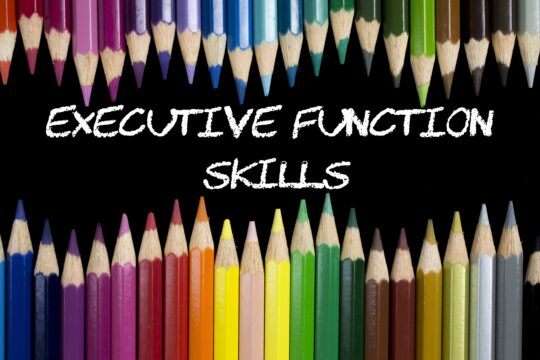What is Critical Thinking?
Critical thinking does not have just one definition, but one way to explain it is that it is “thinking about one’s thinking.” A critical thinker does not always take things at face value and will question ideas to further understand them. Critical thinkers also have the ability to see past the surface of something, and they possess important skills such as the ability to analyze, interpret, make inferences, and problem-solve. Critical thinkers also tend to be inquisitive about many issues, have a concern to remain well-informed, and embrace and even seek out critical thinking opportunities. Simply stated, critical thinkers think deep thoughts.
What is the Importance of Critical Thinking for Students?
Back in the day, school was different! Honestly, even a year ago, school was far different than it is now, but there is currently so much more emphasis on the “why” and the “how” than just knowing what the answer is. Critical thinking skills are important for students because of the curricula they are exposed to. “Right there” questions are few and far between and students have to rely on their own ability to dig deeper and read between the lines. There is a lot of emphasis placed on college and career readiness, and part of that is to prepare students to problem solve when there is no apparent answer.
provides students opportunities to acquire the higher-level thinking skills that will be needed for career and beyond. It is important to teach students at a young age that you cannot find the answer to everything in a book or through Google. You have to look within yourself to find many answers and, most importantly, justify why that is your answer. There are many ways teachers can incorporate these types of questions throughout the day, you just have to change your mindset a bit!
Critical Thinking Questions to Use in Class
A teacher will ask questions that usually contain one of the following components: who, what, where, when, how, or why. Using good questioning techniques is important and not always as difficult as it seems. Just changing the way that you start a question can change the way students think about an answer or solution. For example, instead of asking students “Who stole the pizza?”, ask students, “Why would that character want to steal the pizza?”
A critical thinking question should aim to make you think. It should lead students to ponder the answer and discuss possible solutions. Critical thinking questions can even lead to disagreements and arguments that can turn into an impressive teachable moment.
One way to incorporate a solid critical thinking question into a math lesson is to have the students solve a problem, and then ask students how they solved the problem. You can have the students talk it out or have each student write down a written explanation and then share it out. Either of these techniques gives various perspectives on how to solve the same problems and can help students to develop math sense.
Another way to incorporate critical thinking questions into math is to present a problem that is solved incorrectly and have students analyze the mistake. Students will have to solve for the correct answer and determine where the mistake occurred. To make this even more challenging, present a word problem or a multi-step story problem to further present critical thinking challenges.
Making inferences is generally one of the most difficult skills for students to learn. This is where students must use their critical thinking skills to understand what is not written or observed. Students must use evidence and couple it with reasoning skills to form a conclusion. A basic example would be looking at a photograph of a dog holding a leash in its mouth and coming to the conclusion that the dog would like to go for a walk.
Morning journals for students can present the perfect opportunity to enhance critical thinking skills. Instead of asking basic questions with basic answers, create questions that force students to think outside the box. For example, ask the question, “Is creativity something that can be measured? Should it be?” Instead of asking what creativity is and giving an example, this question makes a student pause and think about the answer before beginning to respond. These are the types of questions that can frustrate students “in a good way.”
A great way to encourage critical thinking in ELA is to ask students to write an alternate ending to a story. This promotes creativity and deep thinking. Then, students can explain how changing the ending of the story could have an impact on not just the novel, but the world. Encouraging students to think on a more global level also encourages a higher-level of thinking as well as a better understanding of the culture of the world, not just the small bubble they reside in.
Science is a subject perfect for inquiry! Having would is a critical thinking skill at it’s finest. Students have to design a solution, test it, and then design an even better solution in order to combat weaknesses in the original design. This can be applied at any grade level.
A terrific way to incorporate critical thinking in Social Studies is similar to ELA by changing the outcome of important events in history. For example, have students discuss how our lives would be different if the Civil War had been won by the South. How would it have changed subsequent events in our history and what would life be like today? The opportunities are endless.
Ending Thoughts
All in all, teachers can create many opportunities each and every day for students to use critical thinking skills. It is as simple as starting the day off with a critical thinking question and changing certain techniques. Even if you ask the students a basic question, follow it up with something that requires more depth of thought. As the great Albert Einstein once said, “Education is not the learning of facts, but the training of the mind to think.” Force students to think about their thinking, and get them ready for the real world!




